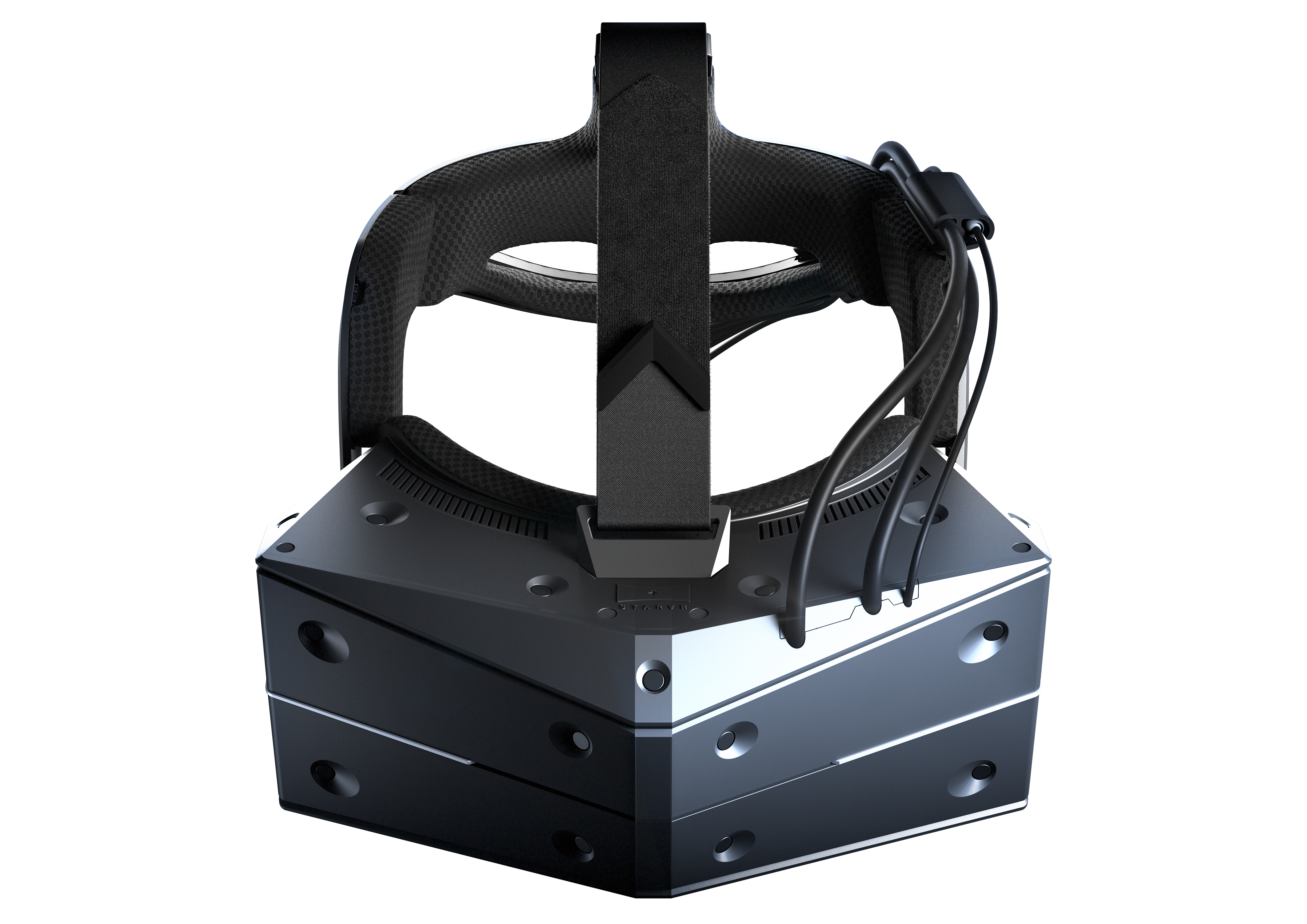
Ask around, and youll be told that the HTC Vive Pro is the most powerful virtual reality (VR) headset you can buy, and thats still true even with the debut of StarVR One.
The newest VR headset from Acer and Starbreezes eponymous joint venture is here, but its only for businesses.StarVR launched the StarVR One and StarVR One XT today during the Siggraph conference in Vancouver, British Columbia in Canada, but has yet to disclose exactly when the headset will be available nor how much it will cost businesses.
It's no wonder considering this headsets comparatively insane capabilities.The StarVR One looks rather similar to previous iterations of the companys VR headsets, but this time around is vastly more capable, with integrated eye tracking for a new kind of efficient graphics rendering technology as well as a higher resolution and viewing angle than the next best headset, the HTC Vive Pro.Furthermore, the StarVR One features game developer Valve and hardware maker HTCs updated device tracking solution known as SteamVR 2.0.
Its known that this new solution can support up to 10 square meters with two of HTCs base station tracking units, but it can also track users throughout multiple setups of base stations for experiences taking place in several separate rooms.What the StarVR One looks like from head on.Get on with the speeds and feedsWe werent kidding about StarVR One being the most advanced VR headset to date.
For starters, the headset produces viewing angles wider than any other at 210 degrees horizontally and 130 degrees vertically, which StarVR claims is a nearly 100% human viewing angle.These nigh lifelike viewing angles can be, well, viewed through the headsets two 4.77-inch AMOLED displays each pumping 1,830 x 1,464 pixels worth of resolution for a total resolution of 1,830 x 2,928 pixels.
These displays refresh images at the industry rate of 90Hz.The StarVR One XT shares all of these same components inside, but offers up a completely integrated device tracking system, with the headset embedded with active optical markers.
This version also sports more advanced plug-ins for various other tracking systems.While those specs are nothing to sneeze at, its Tobiis eye tracking technology that stands to transform how VR games and movies are made going forward.
This eye tracking follows the focus of the users eyes, enabling dynamic foveated graphics rendering, which concentrates high-quality visuals rendering only upon where their eyes are currently focused.During this process, the realistic amount of peripheral image detail is also rendered, thus (hypothetically) looking more natural to the user in either case.
This foveated rendering could potentially either open up entry-level VR setups to higher-end games and experiences while drawing the absolute most out of the highest end rigs.Speaking of which, the StarVR One will require, at minimum, an Intel Core i7-7700 or AMD Ryzen 7 2700X processor paired with nothing less than an Nvidia GeForce GTX 1080 graphics card and at least 16GB of memory.
Heres perhaps a second reason why StarVR isnt yet talking about price.We can only hope that technology like this will trickle down into the consumer-grade i.e.
remotely affordable VR headsets sooner rather than later.w4zDVWHvwBtPV9wvHyJCDU.jpg#

 7
7







